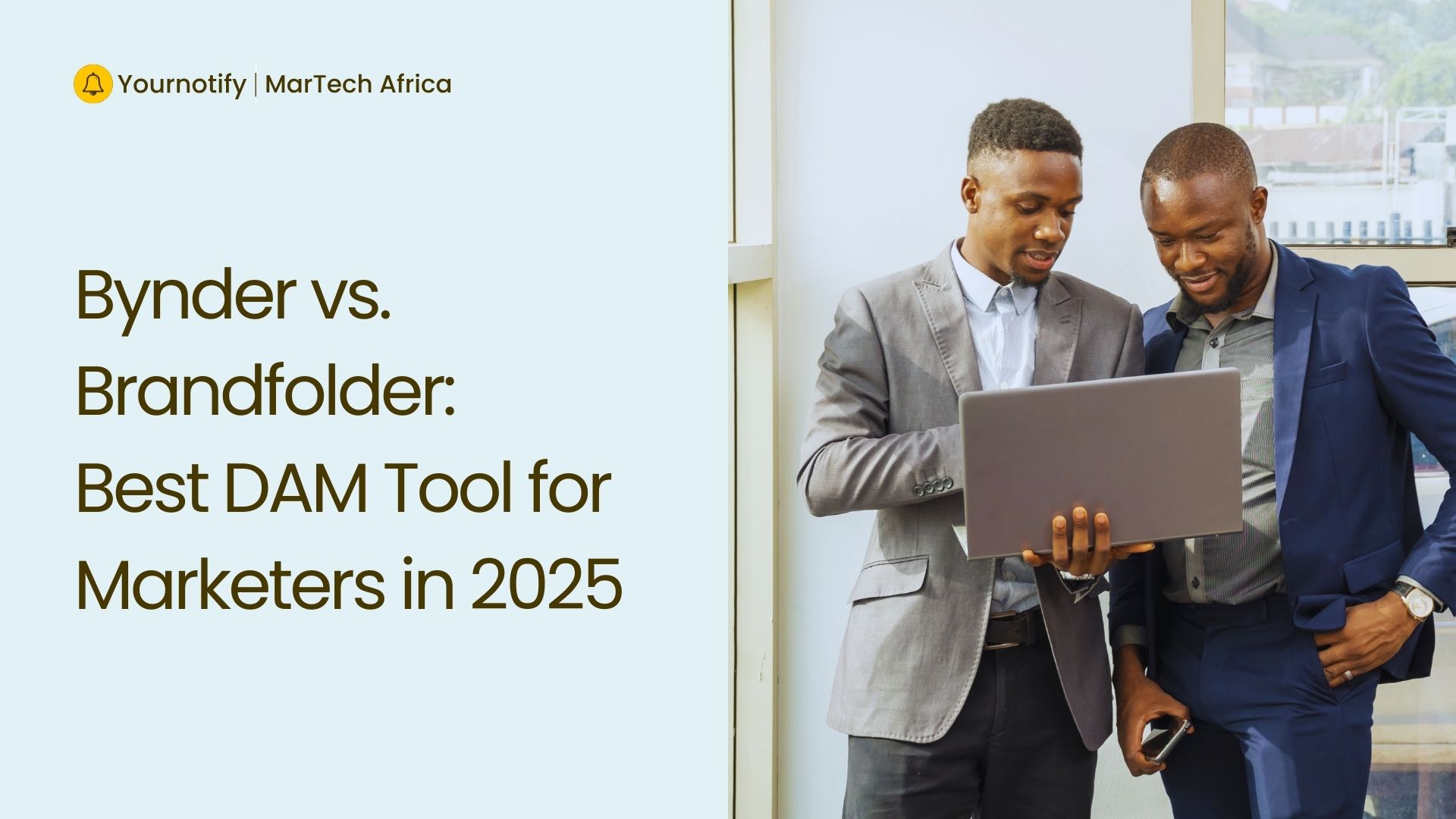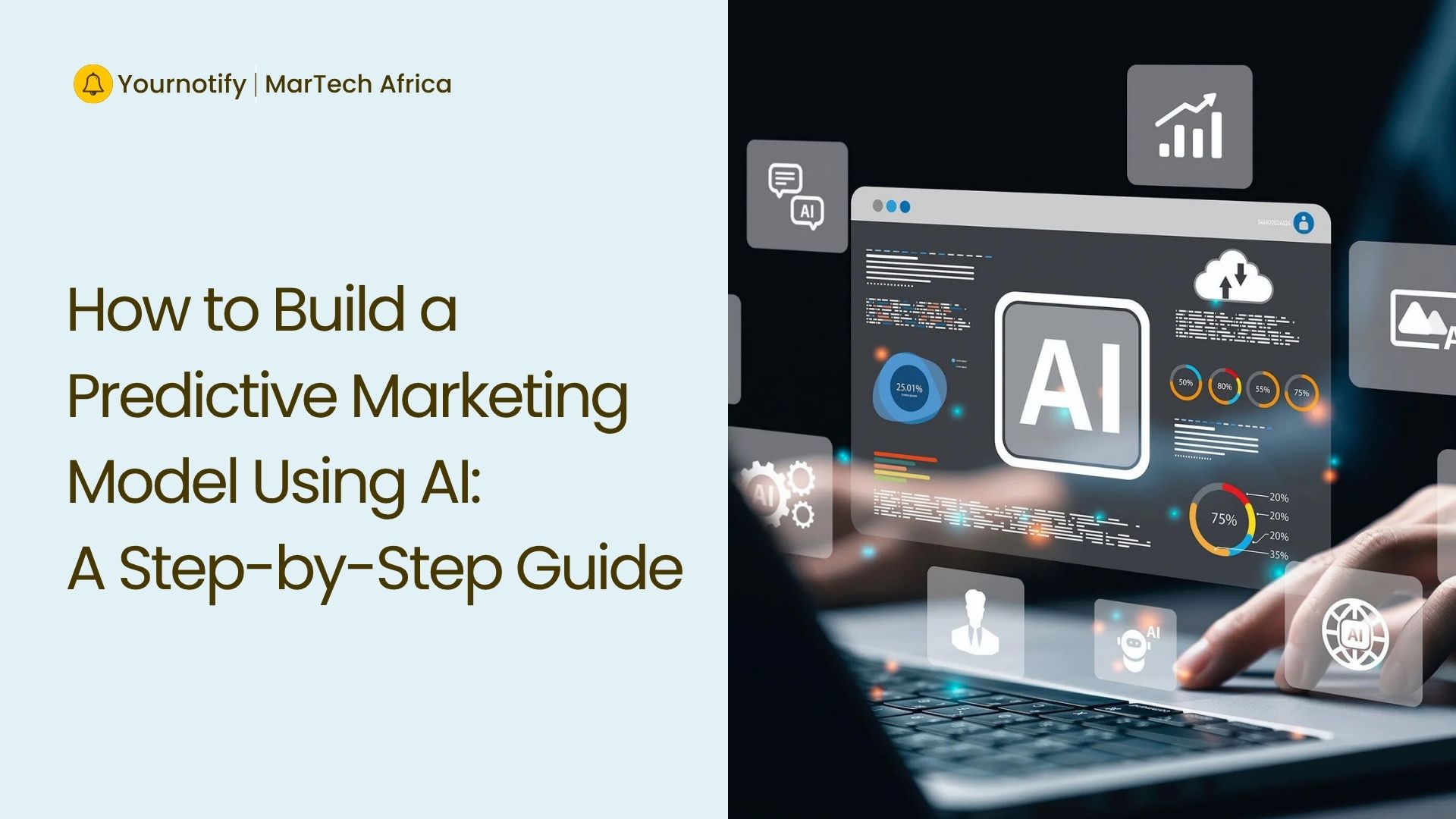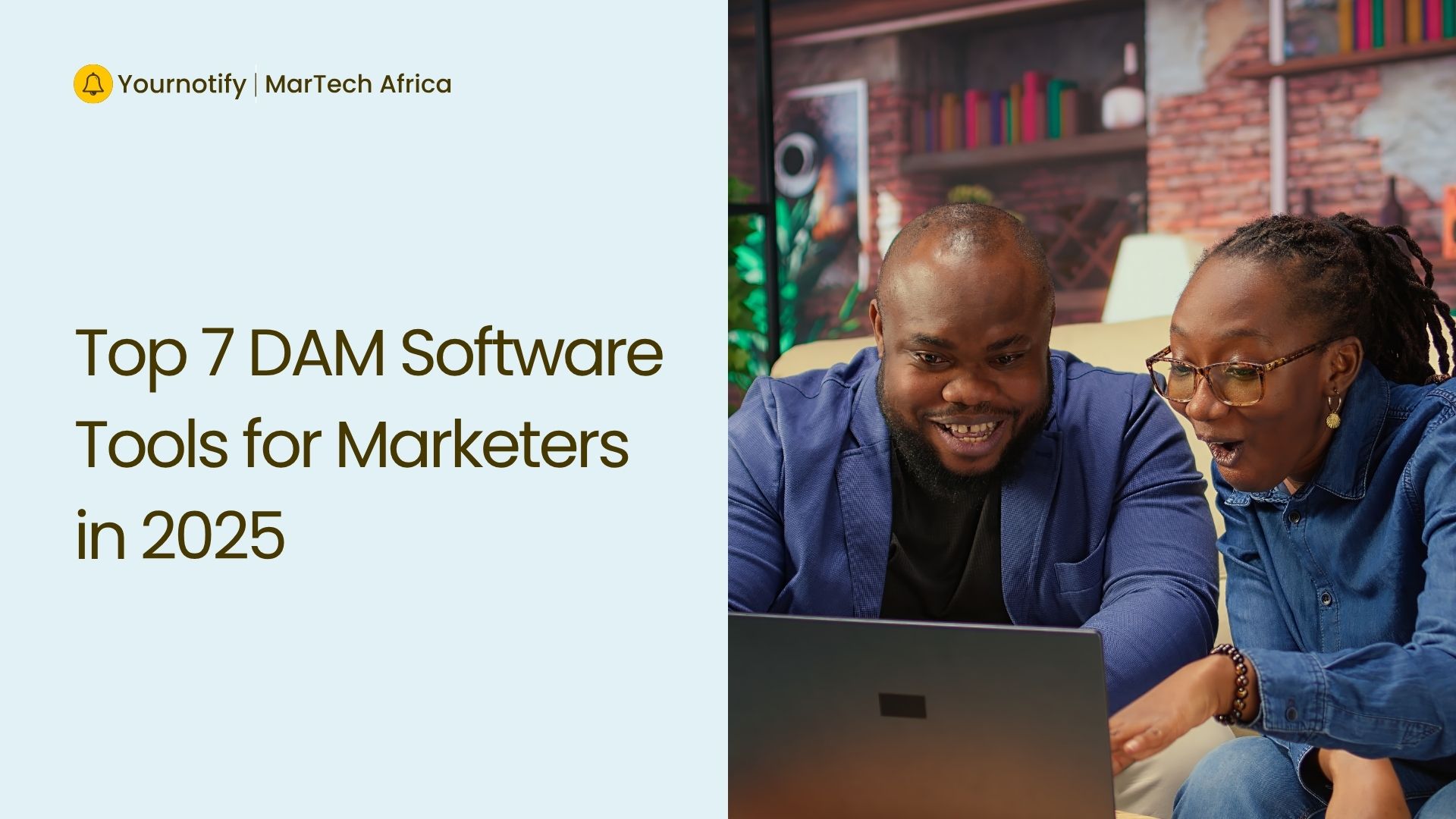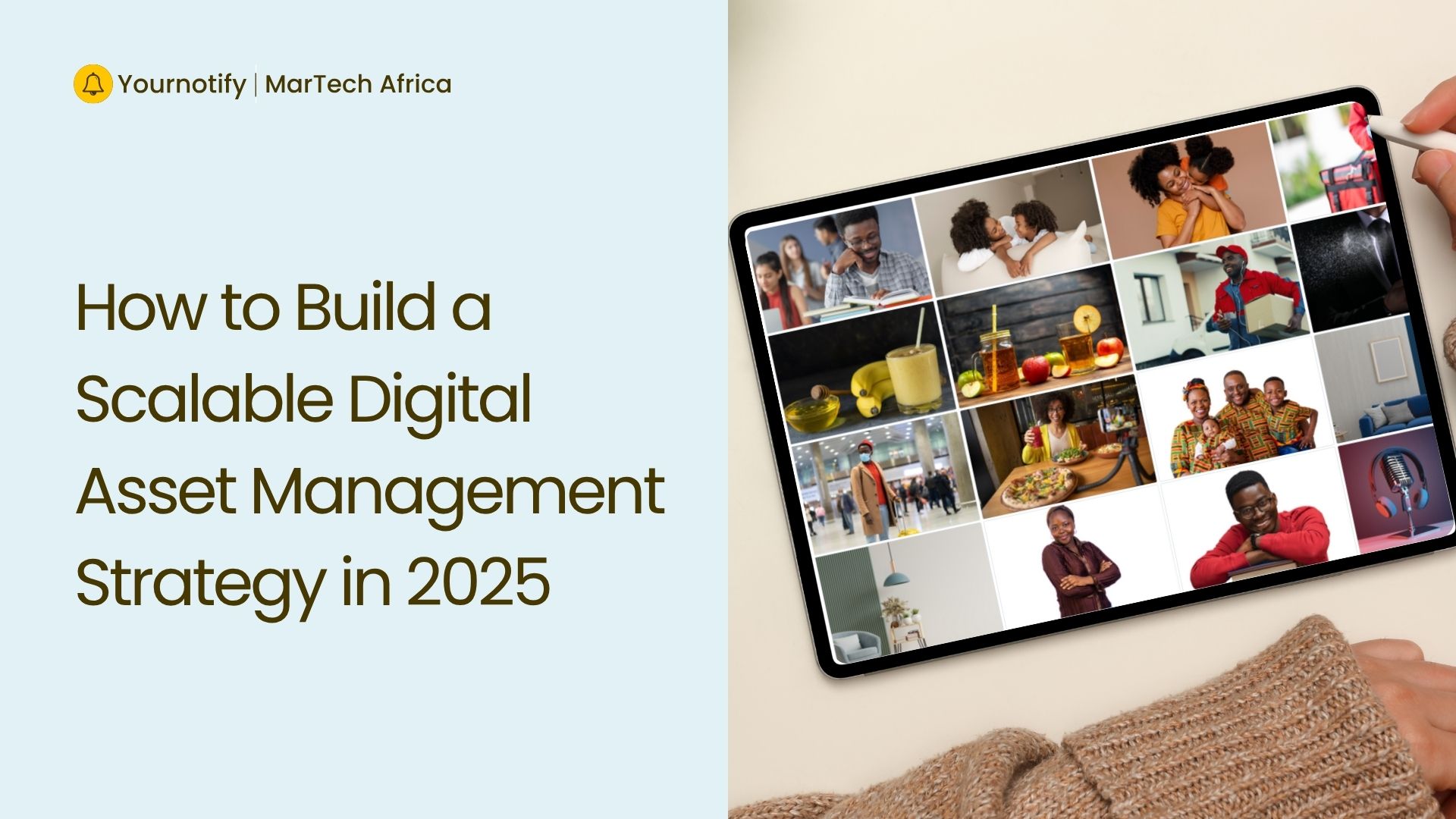In the fast-evolving digital age of 2025, marketers are no longer guessing what customers want,…

Bynder vs. Brandfolder: Which Digital Asset Management Tool Is Best for Marketers in 2025
When selecting the right Digital Asset Management (DAM) platform, it’s a strategic move that can shape how efficiently your marketing team creates, organizes, and delivers content.
Among the top contenders, Bynder and Brandfolder (a Smartsheet company) stand out for their ability to streamline workflows, safeguard brand integrity, and reduce the chaos of scattered assets. While both solutions tackle similar challenges, they’re built with slightly different priorities in mind.
This comparison breaks down their strengths, trade-offs, and ideal use cases, with references so you can validate the details for yourself.
What is Bynder?
Bynder is a cloud-based Digital Asset Management (DAM) platform designed for enterprises and large marketing teams to store, organize, manage, and distribute digital assets like images, videos, documents, and brand guidelines.
Key highlights:
- Founded in 2013 in Amsterdam, now serving global enterprises.
- Offers enterprise-grade governance (roles, permissions, compliance), AI-driven search, brand templates, and multi-language/localization workflows.
- Focused on being the “single source of truth” for brand content across complex organizations.
- Integrates deeply with CMSs, Adobe Creative Cloud, martech stacks, and productivity tools.
- Frequently ranked as a leader in DAM reports (e.g., Forrester and G2).
What is Brandfolder?
Brandfolder is a digital asset management solution best known for its simplicity, intuitive design, and fast adoption, especially by marketing teams, agencies, and external collaborators.
Key highlights:
- Founded in 2012 (Denver, Colorado), acquired by Smartsheet in 2020.
- Provides easy search, AI-powered tagging, and Brand Intelligence to automatically organize and analyze assets.
- Designed for discoverability and sharing, external partners (like distributors or media agencies) can access assets via simple branded portals.
- Tight integration with Smartsheet, making it appealing for teams already managing work/projects there.
- Recognized as a top DAM for usability and time-to-value.
1) Core DAM functionality (search, metadata, versioning)
Bynder: Built as a cloud-native, enterprise DAM , strong metadata models, version control, templating, and increasingly AI-powered search (natural language/similarity search features rolled out in 2025). Bynder positions itself as the “system of record” for brand assets and emphasises AI enhancements to improve findability.
Brandfolder: Prioritises discoverability and low friction. Its Brand Intelligence (AI tagging and duplicate detection) automates metadata and suggested descriptions, which makes assets easier to find and reduces manual tagging overhead. The Brandfolder and Smartsheet integration also pushes discoverability into work management flows.
For very large libraries and complex metadata models, Bynder gives more enterprise control. For quickly surfacing assets to non-technical users and external partners, Brandfolder’s automation and UX are especially fast.
2) Collaboration & Workflow
Bynder: Offers multi-stage approval workflows, localization workflows, templating for creative outputs, and tools aimed at distributed/global marketing organisations. If your use case includes strict approval chains, regulatory controls, or heavy localization, Bynder’s workflow capabilities are more extensive.
Brandfolder: Collaboration centers on collections, share links, and permissioned portals that external partners (agencies, distributors) can access. It’s built for quick handoffs and simple review cycles rather than deep programmatic workflow automation. Its integration with Smartsheet gives it a leg up for teams already orchestrating work there.
3) Integrations & Ecosystem
Bynder: Deep connector ecosystem (Adobe Creative Cloud, major CMSs, PIMs, analytics and martech integrations) and robust APIs make it a good match for teams that require automated end-to-end content pipelines. (Bynder)
Brandfolder: Strong out-of-the-box integrations and an increasingly integrated story with Smartsheet for work management, approvals and automation. If your workflow already lives in Smartsheet, Brandfolder brings DAM into that context naturally. (Brandfolder)
4) Usability & Adoption
Bynder: Known for its polished, powerful UI, Bynder offers a highly configurable experience that can be tailored to complex enterprise needs. However, this flexibility often comes with a longer onboarding curve, especially for large corporate rollouts that require detailed setup and training.
A user shared, “As a tool, Bynder is a powerful but easy-to-use DAM, with a host of flexible features. The Guidelines module is a fantastic way to integrate and share information.”
Brandfolder: Frequently praised for its clean, intuitive interface and faster time-to-value, Brandfolder makes adoption easy for both internal teams and external partners.
Its visually elegant design reduces training costs and accelerates time-to-first-use. Users also highlight its intuitive navigation and streamlined asset organization, which minimizes time spent searching for media files (G2).
One user said “Bradnfolder is easy to use. The intuitive interface makes it easy for our Team to add assets. Navigating is simple for the reviewers. We have access to all of the industry standard tools that make organizing and sharing assets simple. We don’t need to spend a lot of time training those who use Brandfolder. You can log in and get up to speed very quickly.”
5) Analytics & Asset Performance
Both platforms provide analytics on asset usage and performance. Bynder emphasises enterprise analytics and insights as part of campaign measurement, while Brandfolder focuses on straightforward asset-level metrics (who used what, where, and which assets perform best). If measuring asset ROI across campaigns is critical, ask each vendor for specific analytics demos and sample reports.
6) Pricing & Procurement Realities
Neither vendor lists a single transparent price for every customer; both use tiered or bespoke pricing. Industry reporting and review sites indicate Brandfolder often targets mid-market to enterprise budgets (some published starting points and third-party reports cite relatively high entry points depending on configuration), while Bynder tends to position itself as an enterprise solution with custom quoting.
Users hint that Brandfolder pricing plans start at a whopping $1,600 per month, while Bynder’s basic package costs about $450 monthly. To get pricing, you’ll have to book a demo, outline your business needs, and wait for a sales rep to build a custom plan.
For ecommerce brands, where visual content is everything, the cost can climb quickly if you’re storing thousands of assets. For instance, Kelly Wynne was quoted over $10,000 for a DAM simply because of their large storage needs.”
Strengths & Tradeoffs At a Glance
Bynder
Strengths
- Enterprise-grade governance: Robust user roles, permissions, and compliance controls make Bynder well-suited for large, distributed teams handling sensitive brand assets.
- Advanced workflows: Offers powerful workflow automation for approvals, versioning, and asset lifecycle management, reducing manual processes and keeping content production on track.
- Broad integrations: Connects with major creative, marketing, and collaboration tools (Adobe CC, Figma, Salesforce, CMS platforms), making it a strong hub for multi-channel campaigns.
- AI search improvements: AI-driven tagging and search capabilities make it easier to locate and organize assets at scale, improving productivity for teams with massive libraries.
Tradeoffs:
- Higher setup complexity: Implementation often requires IT and change management support, which can be time-consuming for organizations without dedicated resources.
- Greater total cost of ownership (TCO): Licensing, onboarding, and customization can be expensive, especially for smaller teams or companies with limited asset management needs.
Brandfolder
Strengths
- Fast adoption: Clean, intuitive interface makes it easy for marketing teams, agencies, and partners to get started without extensive training.
- Simple sharing: Granular permissions, branded portals, and external links make asset distribution seamless for internal and external stakeholders.
- Strong discoverability: Smart search, auto-tagging, and metadata features help teams quickly find and reuse assets.
- Smartsheet alignment: Native integration with Smartsheet enhances collaboration for campaign planning, creative requests, and reporting.
Tradeoffs
- Limited advanced workflow: Out-of-the-box workflows are simpler compared to Bynder. Enterprise-grade processes (e.g., localization, multi-step approvals) may need external integrations or Smartsheet automations.
- Scalability considerations: While excellent for mid-market and growth companies, very large enterprises with global operations may find they need more customization or deeper governance controls.
DAM Decision Checklist to Run Before You Buy
- What systems must the DAM integrate with day-one? (CMS, PIM, Adobe CC, analytics, martech)
- How many assets, formats (e.g., 8K video), and metadata fields will you manage?
- Do you require strict approval/localization workflows and enterprise governance (SAML, SOC/ISO compliance)?
- Who will use the DAM daily, creatives, marketers, sales, external partners, and how tech-savvy are they?
- What’s your pilot plan (3–6 weeks) to test search, workflow, and integrations?
- Get an itemized TCO estimate from each vendor and demand a sandbox or pilot with your real assets.
Conclusion
Both Bynder and Brandfolder are best-in-class DAMs, but they answer different organizational priorities. If you need deep enterprise governance, broad integrations, and powerful analytics, choose Bynder. If you value rapid adoption, best-in-class discoverability, and seamless collaboration with Smartsheet workflows, choose Brandfolder. Either way, validate with a short pilot using your actual assets and user roles before making a long-term commitment.
Related Content


